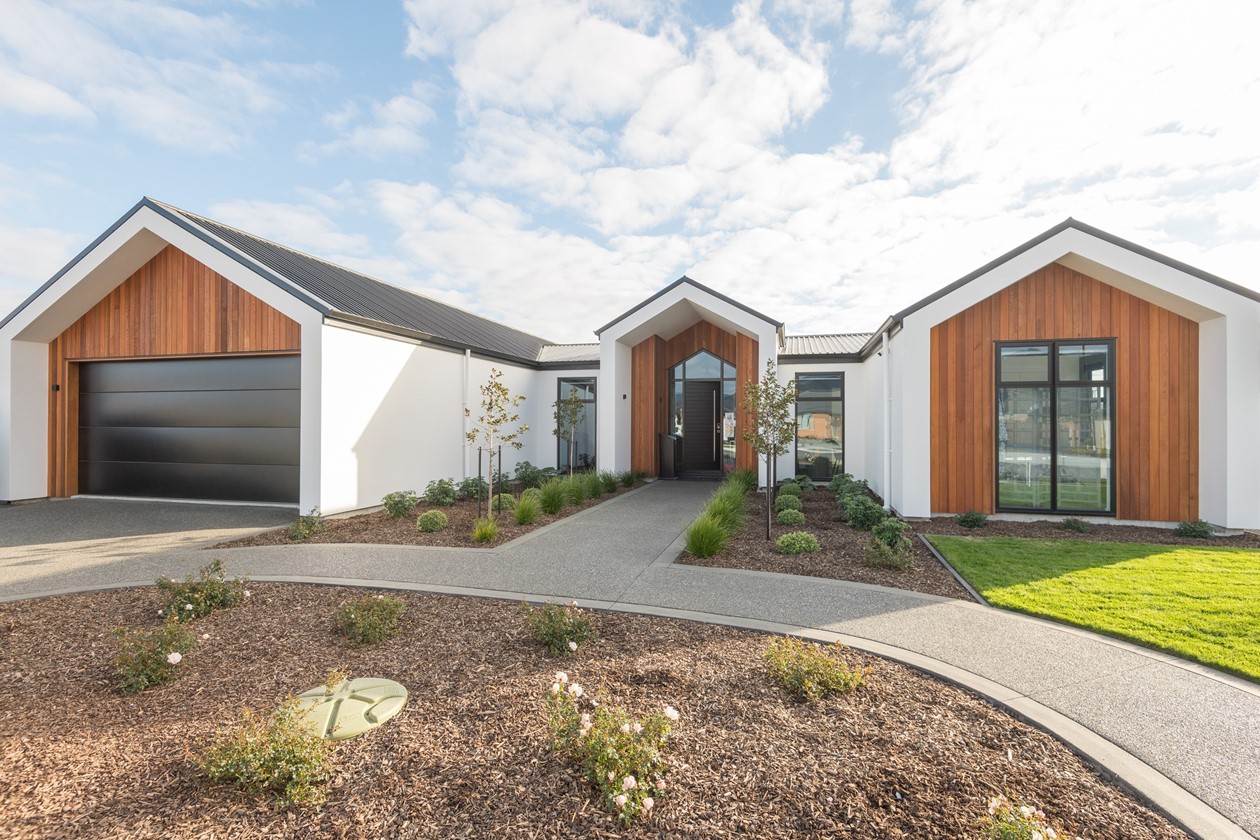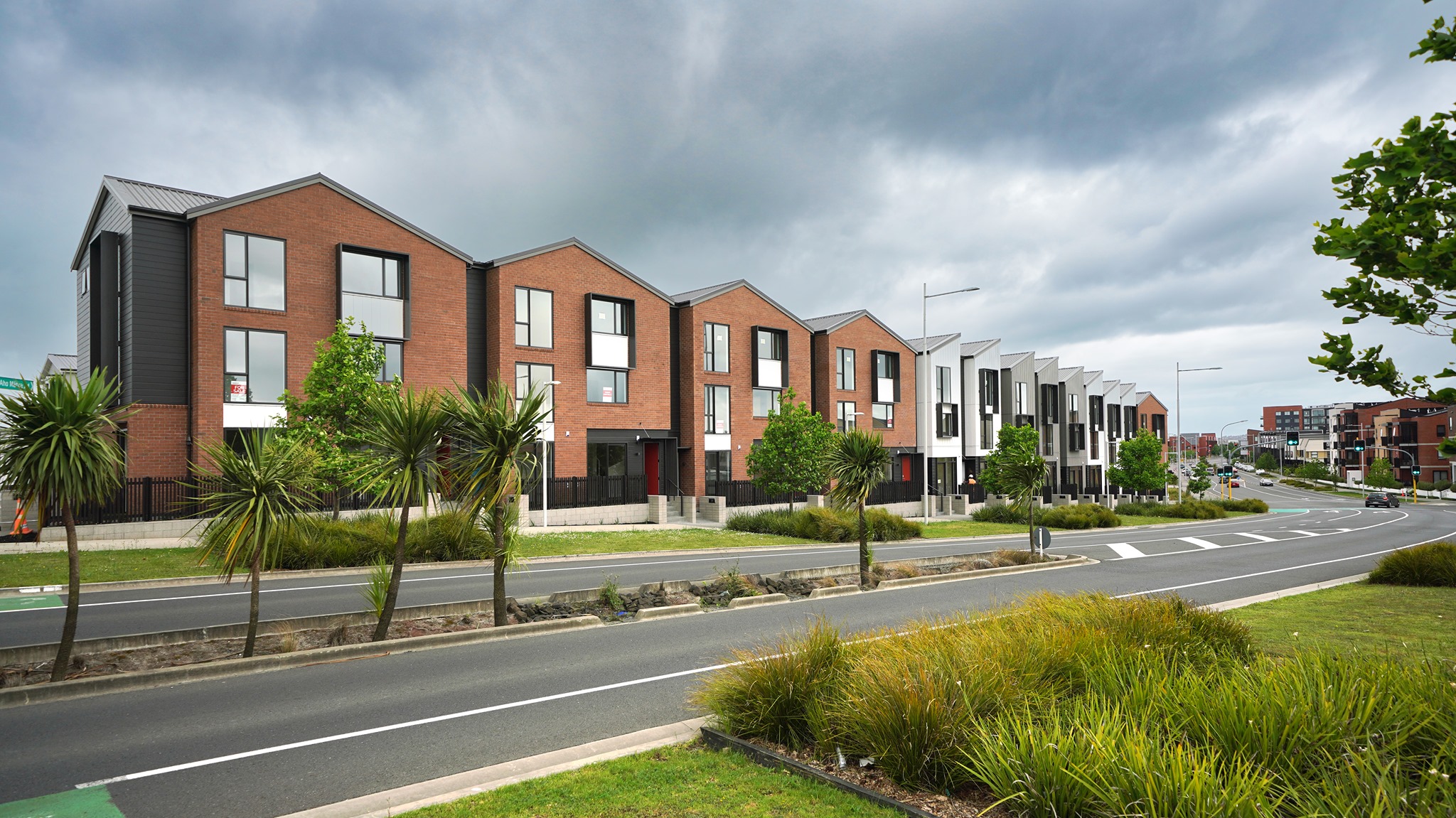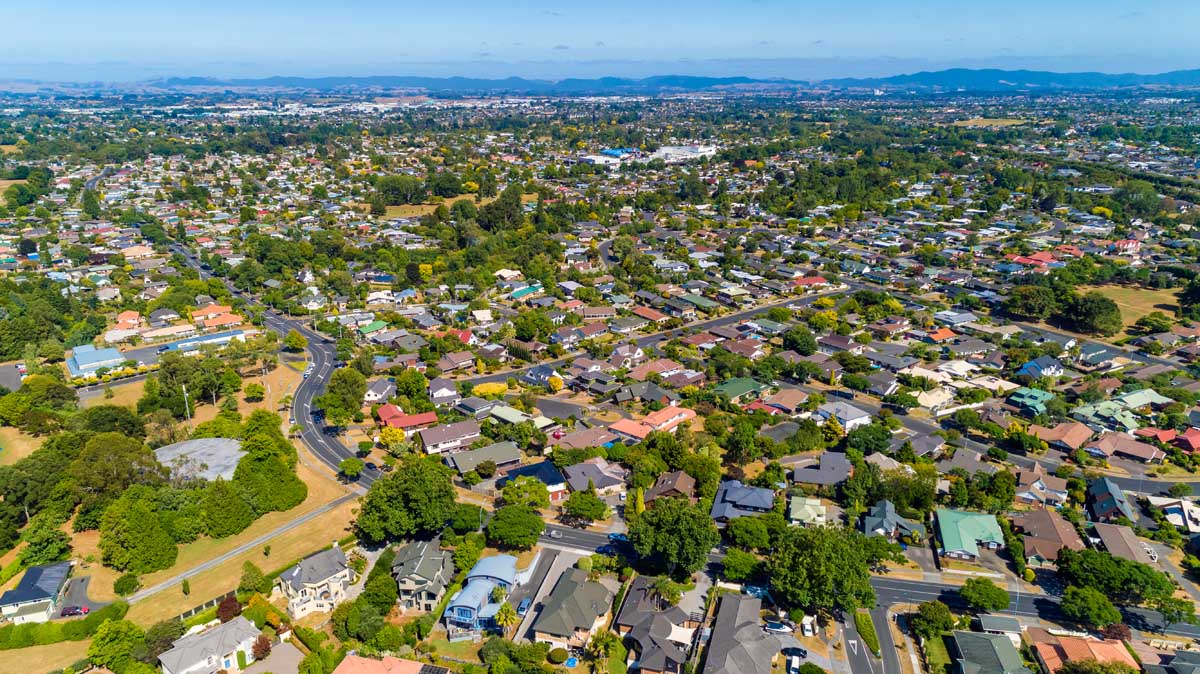“Reports of my death are greatly exaggerated,” was the text of a cable famously sent by Mark Twain to the press after his obituary had been mistakenly published.
And so, it has also been for New Zealand’s post-COVID housing construction sector as it defies last years dire predictions and charges ahead regardless.
Forecasters reading the tea leaves in 2020 spent the later months of the year in negative territory, predicting the value of residential building to hit just $13.4 billion in 2023 – about 43 percent below the previous year. The National Construction Pipeline Report 2020 forecast a decrease in new dwelling consents of more than 37,000 in 2019, to an average of 26,800 per year for the next six years.
But, happily for the construction sector and homeowners, these predictions proved incorrect.
Residential building consents issued in the December quarter reached an all-time high, with 11,291 new homes consented over the quarter (Stats NZ), surpassing the previous record set back in 1973 of 10,713. And the total number of new homes consented last year was 39,420, up by nearly 5 percent on 2019.
“If the rate of new homes consented continues like the December 2020 quarter, we could possibly see the annual figures surpass those from the 1970s,” Stats NZ Construction Statistics Manager Michael Heslop said.
How did the economists get it so wrong?
Jarden Strategist and Economist, John Carran said there were plenty of mitigating circumstances.
“Economists were dealing with an unprecedented event and people had no previous experience of the Covid-19 pandemic,” Carran said.
Also, economists couldnt imagine the Government would take the massive steps they did, such as the huge amount of spending in the economy, $100 billion of Government bond buying, slashing the OCR, and other measures.
So, with the benefit of updated figures, economists’ predictions are now trending more towards the positive.
Westpac Chief economist Dominick Stephens says the housing market will continue to roar ahead while interest rates are low. Despite their recent warnings of a potential double-dip recession, Westpac now forecasts 17 per cent house price inflation in 2021, although Stephens warns that; “by the same logic, we continue to warn that when interest rates do eventually rise, house prices will fall.

At the coal face, Jennian Homes, Aidan Jury, said that while most of the longer standing commentators suggested wed start to see a slowdown in new dwelling numbers, he hadn’t seen any evidence of that, and didn’t expect to for the foreseeable future.
“New Zealand is heading for immigration growth of between 105,000 and 110,000 people for 2021, and they’ve all got to live somewhere,” says Jury.
I’m not an economist, but the reality is, when you’re looking at two and a half thousand people a fortnight coming back in through MIQ – that’s 5,000 a month, that’s a lot of people.
They’ve got to live somewhere. There’s already a shortage of housing stock that flows through into land availability and affordability and then access to finance.
Jury suggests that even changes to the LVRs wont have an immediate effect.
You look at legislative changes – those changes cant come in a hurry. Bright-line tests are likely to be expanded. But that’s fine, because most people that are investing in the space are doing it for the medium long-term anyway.
However, there are changes in the types of homes were building. Jury points to the consenting numbers for new homes through to the end of 2020; independent freestanding homes fell by a thousand units over a year, but the level of terrace houses was up about 11,600 units during that 2020 year.
Theres a slow down for the standalone homes and massive growth in that terrace or townhouse space. Literally, it’s about 45% of the market now, Jury said.

Safari Groups Damian Taylor says that from a development perspective the pandemic hasnt hampered their progress at all. In fact, we’re going to have a bigger and busier year than any of our previous years. So, it’s full-steam ahead for us, Taylor says.
We still see the huge shortage of supply and there’s huge demand out there.
Taylor says that all-time low interest rates are fueling the investor rush that is driving up prices. People can’t get any returns on their money in the bank at the moment on long-term deposits. And there’s a huge love for property throughout New Zealand.
So from our perspective, we see the current market as very positive. We’ve got three big new developments, two of which are starting next week. And weve got two finishing in the next few months. So, we’re full steam ahead.
Safari Group has a huge and varied portfolio on the go, from a $150 million mixed use development in Ellerslie, Auckland, including units, residential apartments and hotel rooms. A smaller boutique hotel in Wellington, which they’re going to retain. And another site in Parnell, which they’re about to release to the market.
Two of those sites were bought since COVID came along.
With property development it is possible to play the long game, but Taylor says its an interesting time to be completing a boutique hotel.
Timing is not the greatest in that regard, says Taylor, but there’s no doubt New Zealand will bounce back in a big way once the borders open and an Australasian bubble. Hotels are obviously a long-term proposition. We opened a hotel in Queenstown at the very end of last year. So, you couldn’t have worse timing, but it is what it is, and we’re confident that it’ll come back.
Taylor says that Safari is also seeing the benefit of a slight decline in the amount of standalone housing and a definite increase in the number of unit multi-level or multi-dwelling developments.
I think that’s a change in philosophy from purchasers. Now, I think a lot of first home buyers and people have realized that quarter-acre house and land is becoming unaffordable. So that’s driven huge demand into townhouses and multi-level units.
That’s not unusual when you look at other big cities around the world, and it’s probably a matter of Auckland in particular and other big cities within New Zealand catching up to those philosophies. Again, there’s going to be huge growth in those areas moving forward as land prices have just gone through the roof and you need to intensify to make it work, Taylor said.

Sunil Prasad, Project Director, for Property Developments at Universal Homes says interest is the strongest hes seen, and even greater than the bounce back after the GFC.
For just the month of January, I would say were 50% ahead of the year prior to COVID-19, he said.
There are a whole lot of reasons for what is happening in the market record low interest rates being one of them, not as many job losses as we predicted from Covid is another.
There is talk among economists of a potential slow rise in interest rates. How much of a rise would it take before it impacted the market?
I think it would have to go over 4% to impact the market to be honest, Prasad says. I think 3% is still sustainable, but when it gets to 4%, I think you’re going to start to see people shy away – it might be okay, but it might not.
Prasad notes however that buyer interest isnt right across the market, with homes under the $800,000 mark the sweet spot for Universal.
If it’s over that, at the moment it takes longer to sell. Were fortunate that we had a plan eight months ago to supply the market with entry-level, two to three-bedroom houses and therefore we had a lot of smaller houses and hence the high number of sales, Prasad said.
NZ Initiative Report
While its widely appraised that the government has few tools left in the tool-box to rein in housing affordability, a new report by the New Zealand Initiative has urged it to move with much greater urgency on boosting housing supply.
The report, The Need to Build: The demographic drivers of housing demand, estimates from 2019 to 2060 the country will need between 15,319 new homes a year based on a low migration, low fertility model to 29,052, if migration and fertility are high – on top of what is already happening.
Report author Leonard Hong says that while population growth is part of the problem, more important are changes within the population. As the median age goes up, households get smaller. As the average number of people living in a house drops, the demand for more houses goes up.
Hong said that once Infometrics estimate of a 40,000 housing shortfall was added, the housing crisis is worse than anyone thought.
Even with building permits for new homes reaching levels last seen in the 1970s, the countrys population has more than doubled since then, so that rate of home-building is inadequate to fulfill need and drive down prices.
Hong said the country needed to be building about roughly double the number of houses it had in the 1970s if it wanted to keep up with demand.
The report noted low interest rates had helped drive up investment in housing, with the national average house price rising 19.8% in the year to last October to reach $725,000.
Hong said the new national policy statement on urban development, which encourages local councils to allow more development, was positive as these changes make it easier to fund the infrastructure needed for new residential developments.
But, he said unfortunately things like loan-to-value restrictions and the bright line test were simply tinkering with the demand side of housing when the real issue is the shortfall in housing supply especially once you took into account demographic changes and the effects of an ageing population.
We think that its actually better to incentivise councils to want to build up, to have their own development, to allow land supply [to be] available because at the moment all the liabilities are incurred by councils where central Government currently takes all the tax revenue.
At the moment these institutions do not trust each other. Central government thinks local Governments are not good at their job. They think they waste a lot of ratepayers money. If we get the incentives right then local councils can just build, just build up or even out.
Worst Housing Affordability
Meanwhile, as we go to press, CoreLogic has released a report that shows housing affordability has returned to its 2016 worst levels in the December quarter of 2020, with some areas hitting their record worst levels.
The nationwide measure of house value to income ratio rose to 6.8 from 6.5 in the September quarter. It now takes an average 9.0 years to save a deposit, just below the 2016 record high of 9.1 years.
The net result is that housing affordability has begun to deteriorate again on each of our four measures, and the growing divide between the wealth of existing homeowners and those that are struggling to get their first home has quickly become a very hot political topic, CoreLogic Senior Property Economist Kelvin Davidson said.
All of which suggests that house builders are going to stay busy perhaps at record levels – for the foreseeable future.

